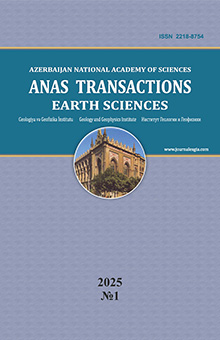№ 3,
2015
Download the article
Interpretation of deep crustal structure and linear features of Western Anatolia by using Bouguer gravity data
Pamukkale University,20017, Kınıklı, Denizli, Turkey, E-maill: faltinoglu@pau.edu.tr, aaydin@pau.edu.tr
Summary
A-
A+
Western Anatolia is an important region with its’ complex tectonic history, the horst-graben system progressed under this regime and high seismic activity take place in Aegean Extension Region. The most important tectonic structures of this system are E-W trendly Gediz and Büyük Menderes grabens. Our study area is involving the western part of Büyük Menderes and Gediz grabens. The Bouguer gravity data was used to investigate topography of the deep crust layers and the tectonic structure of the basins. Bouguer gravity anomalies values of western Anatolia increase from east to west direction. Parker-Oldenburg algorithm has been used to obtain 3D Moho and basement topography and horizontal gradient, analytic signal and tilt angle methods has used to delineate linear features. As a result of 3D modelling process, we determined the maximum depth of Moho and basement is in Büyük Menderes graben as 35 km and 12.5 km, respectively. By detection of lineaments, new lineament map of study area is given in this study. The study area also, has been investigated by the seismic activity. The most of the earthquakes have been occurred in study area in depth to the basement.
